Technology
Personalization in Apps: The 2026 Trend Being Redefined by AI
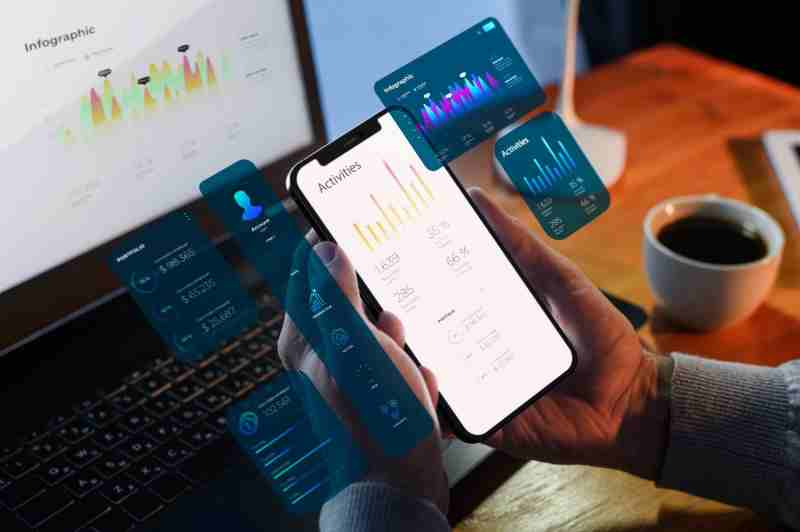
If there’s one thing the digital world keeps proving, it’s this: people don’t just want apps—they want apps that get them. Not in a creepy “your phone overheard you” way, but in a genuinely helpful, almost intuitive way. By 2026, that expectation is shaping the biggest transformation in mobile experiences: ultra-personalization powered by AI.
We’ve seen personalization before—recommended playlists, recently viewed items, and the usual “you might like this” banners. But what’s coming next is personalization that feels more like a thoughtful companion and less like an algorithm guessing in the dark.
From Predictive to Prescriptive Experiences
In 2026, personalization is evolving beyond predicting what a user wants. AI is moving toward prescriptive experiences, which means apps won't just suggest—they'll take action, adapt, and fine-tune themselves in real time.
Imagine opening a fitness app and it automatically adjusts your workout plan based on your sleep patterns, hydration levels, stress score, and even your tone of voice during check-ins. Or think about e-commerce apps that understand your style, your budget, and your upcoming events—then curate outfits that feel handpicked.
This level of personalization is possible thanks to multimodal AI systems that understand context, not just clicks.
Behavior Modeling Gets a Major Upgrade
By 2026, apps will no longer rely only on historical data. They’ll observe micro-behaviors—scroll speed, gesture pressure, session times, and even ambient noise—to understand a user’s current mood or intent.
This doesn’t mean intrusive monitoring. It means apps becoming more adaptive and supportive. For example:
- A meditation app that automatically switches you to a calming session on days when your interaction rhythm feels rushed.
- A travel app that adjusts suggestions if it senses you're exploring options under stress or urgency.
- A learning platform that modifies difficulty based on your micro-pauses while reading or typing.
AI is becoming emotionally intelligent, or at least emotionally aware, and that’s the game-changer.
Hyper-Personalized UI: Your App, Your Way
2026 apps are ditching the “one-design-fits-all” approach. Interfaces will morph based on what users actually do inside the app. Someone who prefers visuals may see more graphical content. A detail-oriented user may get data-dense screens. Accessibility preferences—larger fonts, high contrast, voice-first interactions—will be auto-detected rather than manually toggled.
And here’s the fun part: the UI will change dynamically throughout the day. Morning mode might be clean and minimalistic; evening mode might highlight entertainment or relaxation-focused features.
AI-Generated Content That Actually Feels Human
With AI content becoming indistinguishable from human writing, apps in 2026 can produce personalized suggestions, messages, and learning materials tailored uniquely for each user.
Not generic. Not repetitive. But content that adapts to tone, reading level, and intent.
This is where businesses are leaning heavily on the expertise of a mobile app development company in usa, especially those already experimenting with generative AI pipelines and behavior-driven content systems.
Trust, Transparency & Ethical Personalization
Of course, personalization this deep raises one big question: Does it feel safe?
Users in 2026 want smart experiences, but they don’t want to feel watched. This is pushing companies to adopt more transparent AI models—ones that explain why a recommendation or change happened.
Expect more apps to highlight data usage, allow granular controls, and offer “privacy-first personalization” modes.
Apple’s Ecosystem Pushes It Further
With Apple enhancing on-device intelligence, personalization is becoming more secure, private, and lightning-fast. This is making ios development services a hotbed for AI-driven adaptive experiences that run directly on the device without sending sensitive data to the cloud.
The result? Apps that feel personal yet private—exactly what users want in 2026.
Source:
Click for the: Full Story
You might like
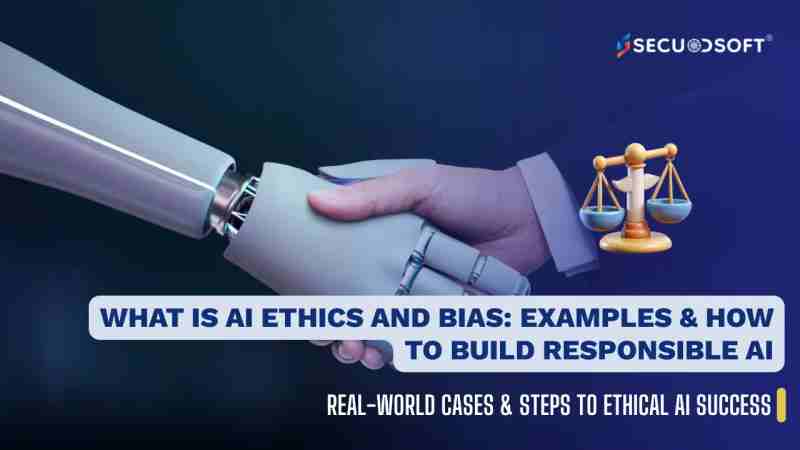


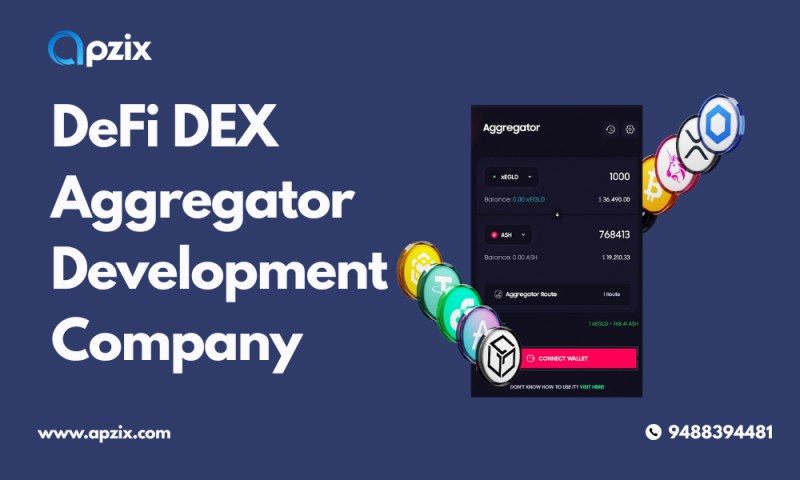




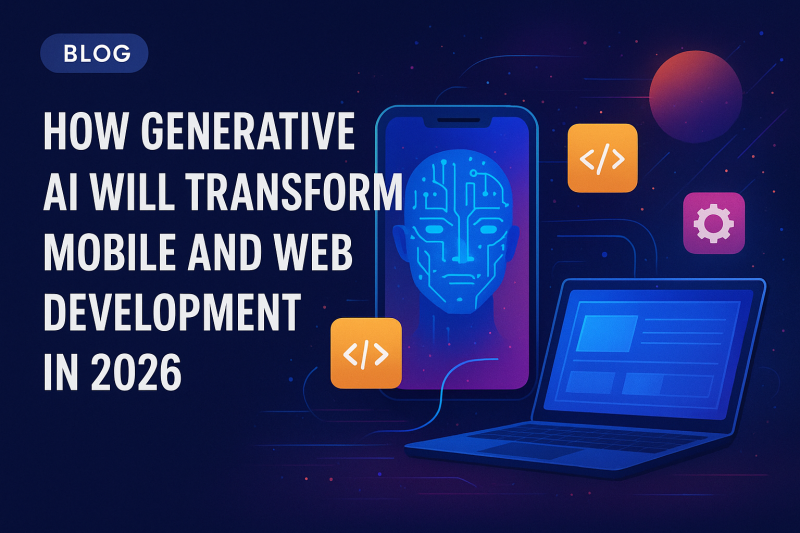
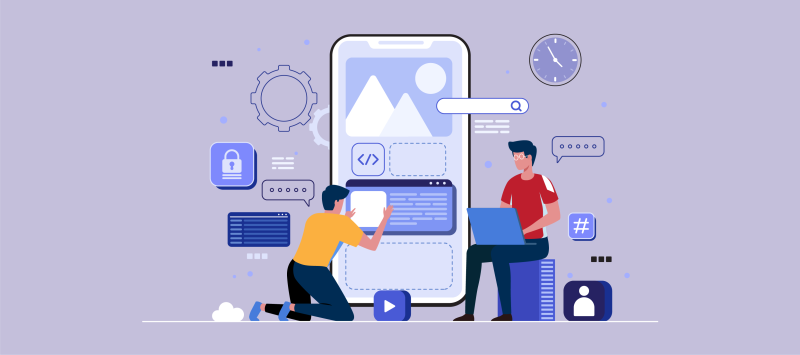



 Close Menu
Close Menu